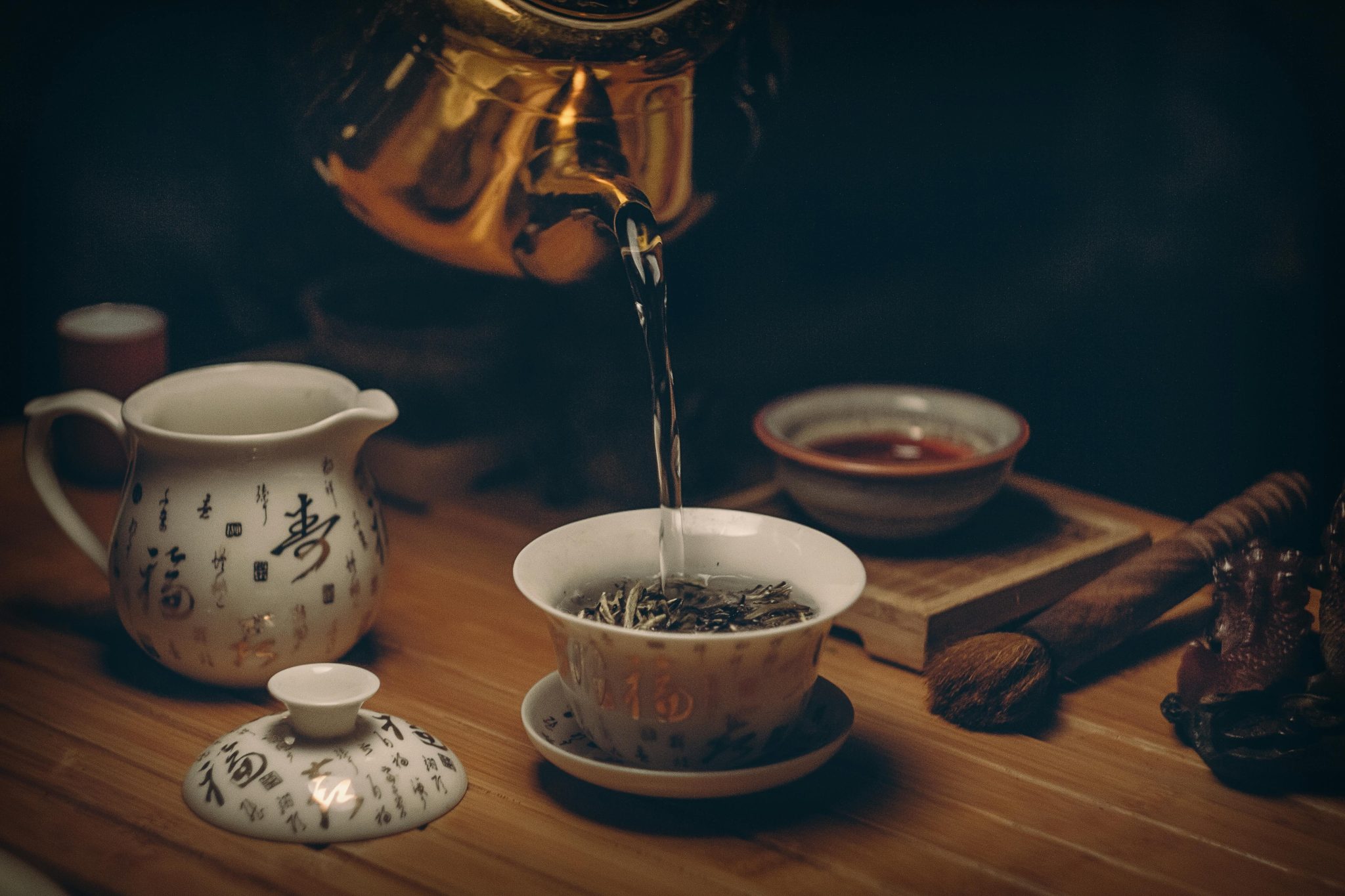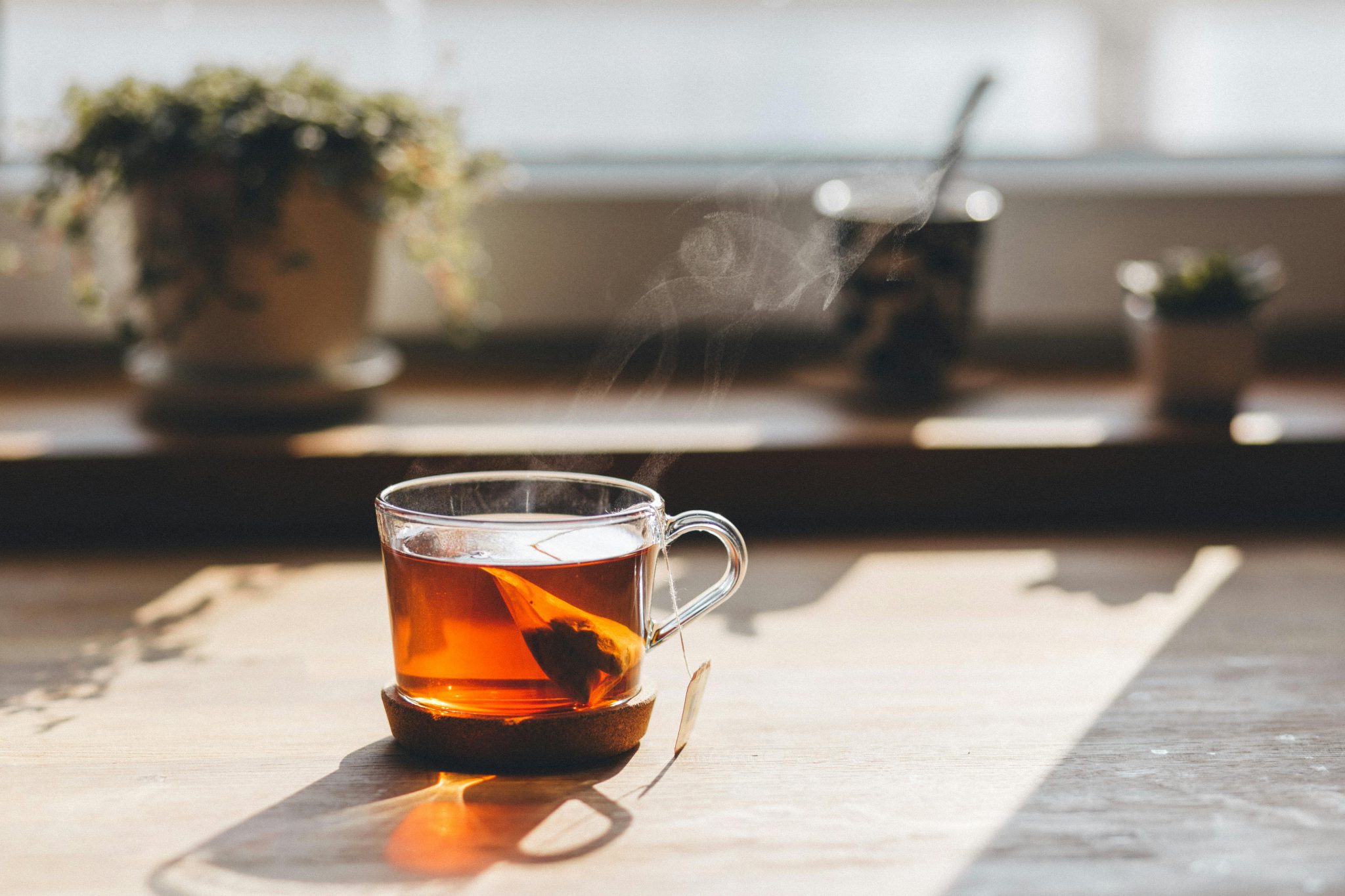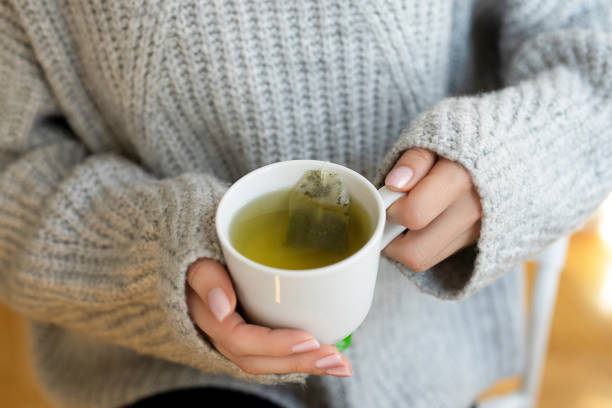The morning coffee ritual is sacred for millions of people, but a growing number are experimenting with kratom drinks as their go-to morning beverage. This shift isn’t happening because people suddenly stopped loving coffee, but because they’re discovering that custom kratom drinks can provide sustained energy and mood support without some of coffee’s less desirable side effects.
If you’re curious about this trend, you’re probably wondering what makes kratom drinks different from your usual cup of joe and whether this switch makes sense for your morning routine. The reality is that kratom drinks offer a completely different kind of energy experience that some people find more sustainable and balanced than traditional caffeine.
The Appeal of Kratom Drinks Over Coffee
Traditional coffee provides a quick energy boost through caffeine, but many people experience unwanted side effects like jitters, anxiety, crashes, or stomach upset. Kratom drinks work differently, offering what users often describe as “clean energy” that doesn’t come with the same rollercoaster effect.
Key differences people notice:
- More sustained energy without sharp peaks and crashes
- Mood support benefits that coffee doesn’t provide
- Less likelihood of jitters or anxiety
- Better focus without overstimulation
- Reduced stomach irritation for some users
The energy from kratom drinks tends to build more gradually and last longer than coffee’s quick hit. Many users report feeling energized for 4-6 hours without needing to redose, compared to coffee where they might need multiple cups throughout the morning.
Another major factor is the mood support aspect. While coffee can sometimes increase anxiety or make people feel edgy, many find that kratom drinks provide energy while actually helping with everyday stress. This combination of energy and mood support is what draws many people to experiment with kratom as a coffee alternative.
Popular Kratom Drink Recipes and Preparations

Creating effective kratom drinks involves mixing powders, balancing flavors, and sometimes adding complementary ingredients for enhanced effects or taste.
- Basic kratom tea preparation starts with simmering kratom powder in water for 15-20 minutes, then straining out the plant matter. Many people add lemon juice during brewing, which some believe helps extract alkaloids and improves bioavailability.
- Cold brew kratom drinks involve mixing kratom powder with cold water or juice and letting it sit for several hours. This method often results in smoother, less bitter flavors and can be prepared the night before for convenience.
- Kratom smoothies blend kratom powder with fruits, yogurt, or plant-based milks to mask the bitter taste while adding nutrition. Popular combinations include banana and berries, which naturally complement kratom’s earthy flavors.
- Enhanced kratom drinks incorporate additional ingredients like ginger for digestive support, turmeric for anti-inflammatory properties, honey for natural sweetening, or green tea for additional gentle caffeine.
Many users develop signature recipes that work for their taste preferences and desired effects. The customization aspect allows people to tailor their morning drink to their specific needs in ways that standard coffee can’t match.
Strain Selection for Morning Energy
Not all kratom strains work well for morning energy drinks. Choosing the right variety is crucial for getting the energizing, focus-supporting effects that make kratom drinks appealing as coffee alternatives.
- White vein strains are typically the top choice for morning kratom drinks. White Maeng Da and White Borneo are particularly popular for their energizing properties and clean, sustained energy profile. These strains tend to provide alertness and motivation without sedating qualities.
- Green vein strains offer a middle ground that many people prefer for morning use. Green Malay and Green Thai provide energy and focus while also offering mild mood support. These can be ideal for people who want energizing effects but find pure white strains too stimulating.
- Strain blending is becoming increasingly popular among kratom drink enthusiasts. Many people mix small amounts of different strains to create custom effects profiles. A common approach is blending 70% white vein with 30% green vein for balanced energy and mood support.
Timing and Dosage for Morning Routines

Getting the timing and dosage right is essential for making kratom drinks work effectively as a coffee replacement. Most people find their morning sweet spot between 2-4 grams of kratom powder in their drink.
Taking your kratom drink 30-45 minutes before you need peak energy allows time for effects to build gradually. This is different from coffee’s almost immediate impact. Consider your breakfast timing, as kratom drinks often work better on an empty or light stomach.
Plan for the longer duration of effects. While coffee might wear off in 2-3 hours, kratom drinks can provide energy for 4-6 hours, which means you might not need additional caffeine throughout the morning.
Potential Drawbacks and Considerations
While many people successfully use kratom drinks as coffee alternatives, this approach isn’t right for everyone. Daily kratom use carries risks including tolerance development and potential physical dependence. The taste requires significant adjustment for most people, and quality can vary between suppliers.
Social situations can also be more challenging. While coffee is universally accepted and available, kratom drinks require planning and aren’t something you can easily get at cafes or offices.
Making the Transition Successfully
If you’re considering trying kratom drinks as a coffee alternative, start by replacing just one cup of coffee per week with a kratom drink to see how your body responds. Pay attention to energy levels, mood, and how long effects last compared to coffee.
Experiment with different preparation methods and strain types to find what works for your taste preferences and energy needs. Remember that kratom drinks work best as part of a healthy morning routine that includes good nutrition, hydration, and reasonable sleep habits.





















